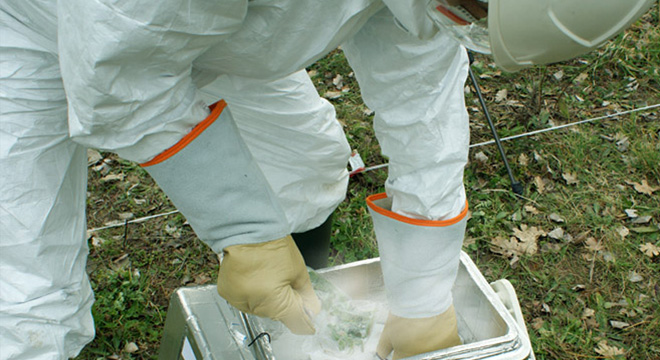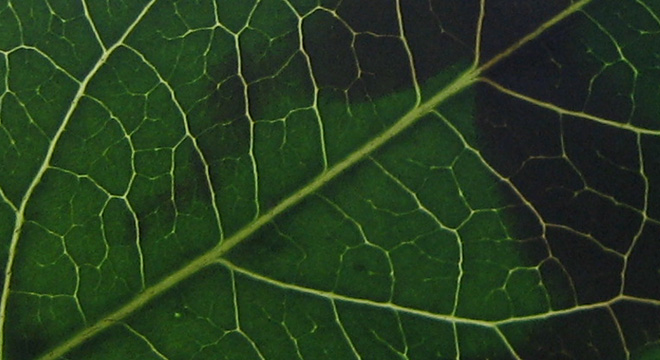Simulation of a plant samples collection following an UFO landing.
The CIT team (Collecte d’Informations sur le Terrain, the French for Fieldwork Information Collection) ofUFO-Science shows here how to correctly select, take a sample, preserve at -80 °C and carry the plants with a view to their biochemical analysis in laboratory, with the suitable equipment.
Professor Michel Bounias, researcher at the INRA, has demonstrated in 1981 that an UFO landing (the Trans-en-Provence case, see this page for the details) had led to deep biological modifications in the plants sampled on the trace. These modifications decrease rapidly while moving away from the centre, which shows a radiative phenomenon. At this time, the analysis could be completed successfully for the policeman in charge of the investigation had thought to collect the plants with their wet earth support, which ensured a good preservation during the journey to the laboratory.
The French official organization of UFO studies, the GEPAN, recommended to « keep the samples refrigerated ». Alas a second similar case a few years later wasn’t conclusive (the Amaranth case) ) this because the gendarmerie, still in charge of this kind of investigation, cut the plants with scissors, enclosed them in plastic bags and « preserved » them in the plants compartment of the brigade fridge. And yet a temperature of -4 °C is very insufficient to stop the enzymatic processes, and the samples arrived at the laboratory (not Pr. Bounias’s one!) highly rotten.
The gendarmerie is not suitable for this kind of investigation. Only specialised teams, throughout the country, might complete successfully this mission and prevent that such a fiasco as the one of the « Amaranth case » would happen again.
The video above comprises two parts: a 3 minutes explanation from Jean-Pierre Petit on this subject, followed by a 3 minutes report in the field.
The files on the page Biochemistry at the section Researches of the site have also been updated, with a protocol and pre-investigation and sampling forms that have been corrected.





